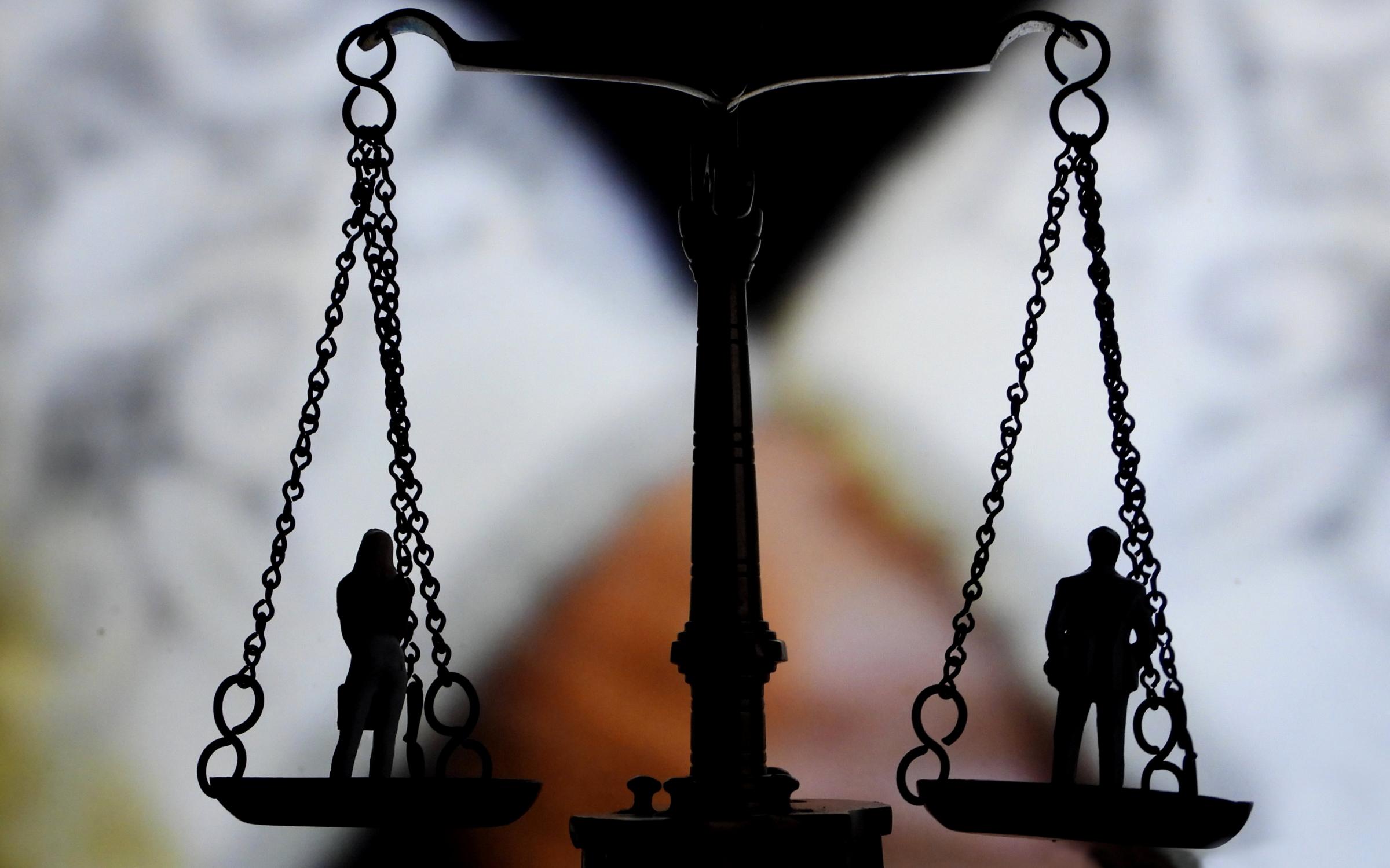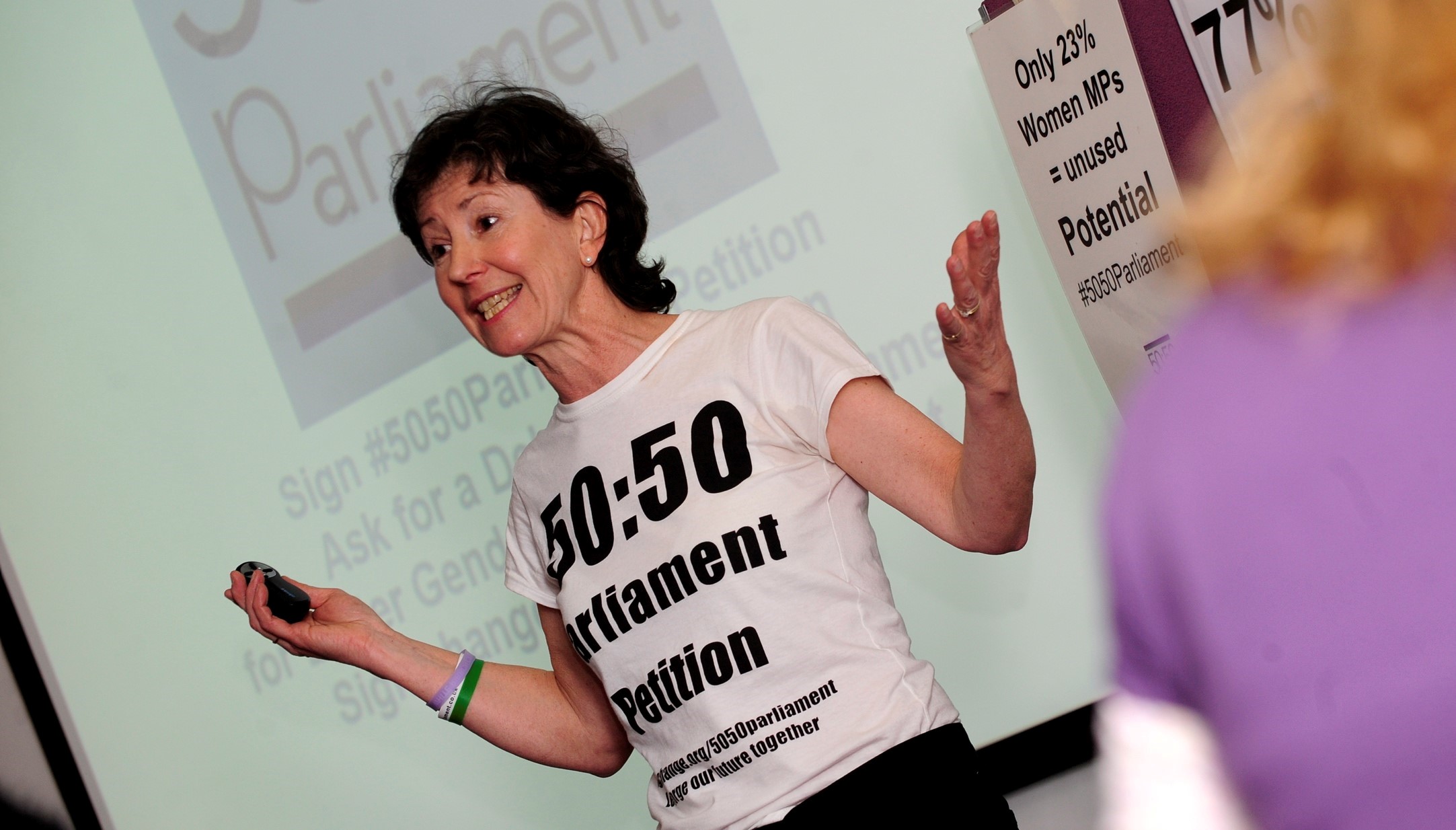
LESS than a fifth of Scotland’s councils have a gender balance in their top leadership roles with a staggering 60% having only a third of administration positions filled by women, the Sunday National can reveal.
Now that the dust has settled after the local election in May, council chambers across Scotland have been selecting members for top jobs including council leader, committee conveners and provosts.
But how many women made it into those roles? We reported extensively on the gender breakdown of the council candidate lists, and the number of women elected on to each local authority through the campaign, and now we can reveal who holds those important roles.
Of Scotland’s 32 local authorities, only six have put together a gender balanced cabinet: Edinburgh, Glasgow, Midlothian, Fife, Aberdeenshire and East Dunbartonshire. Of the six, three are run by SNP administrations, two Labour, and one Tory, LibDem coalition.
While Edinburgh tops the list, the provost and council leader are both male, but female councillors take up the majority of committee convener positions. In Glasgow, out of eight cabinet positions, only two are filled by women, while the council leader, provost and depute are held by women.
A further seven councils have between 38% and 40% female representation, while the majority – 19 – have a third (33.33%) or less women in senior roles.
The two bottom councils were Comhairle nan Eilean Siar, who have two female councillors and only one sitting as a vice-convener, and South Ayrshire, where there were only three female councillors elected, with one serving as deputy provost and the other a vice-convener.
For this analysis we logged who had been appointed council leader and deputy, the political post, provost or convener and their deputy, the civil role, cabinet posts if the local authority had them, and committee conveners and vice-conveners across a variety of portfolios. We did not include sub committees, joint partnership boards, panels or staffing and recruitment boards.
Aside from the overall gender balance of each council, men dominate the council leader roles (66.66%), deputy leaders (63.63%), provost or council convener (64.71%) and depute provost (53.57%).
Midlothian, Shetland and West Lothian appointed female provosts for the first time this year, with Highland’s Glynis Campbell-Sinclair becoming the second female provost in the authority’s history. Of the nine women appointed council leaders, six are SNP politicians, one Tory, one Labour and one Independent.
Kelly Parry, SNP council leader in Midlothian and the woman behind the party’s election campaign, said that it was a “good thing” there were more women elected than ever before to local authorities. Midlothian have a gender balanced cabinet, and women holding the leader and appointed their first female provost Debbi McCall.
Parry told the Sunday National: “It’s all well and good getting women elected, but we really need to make sure that we see women in those positions of leadership as well.
“It was a really important point for us in terms of putting together the administration to make sure that we were not being political about it, but to make sure that we’re representative.
“It’s not a political point that we’re making about it because decisions are taken better and we make better decisions when they’re made by people who are affected by those policies.
“There’s still a lot of work to do across government that needs to happen in other places but I’m certainly glad that we’ve done it in Midlothian.”
Out of the top 10 most gender balanced council’s, the SNP hold power in seven of them. However, the issue is clearly cross-party, as the Perth and Kinross, also SNP led, is the third bottom. There is a clear link between areas which elected more women into post having more women in leadership positions.
Frances Scott (below), from 50:50 Parliament, a campaign group which aims to support and encourage women to seek elected office, was not surprised by the figures.

She said: “Women are the majority in life but still the minority in elected office and it’s all our responsibility.
“You know, there are many reasons why women might not want to get involved, but it’s our duty as citizens in a democracy to be encouraging, supporting and inspiring women to stand because representation shapes policy.”
Scott added that the SNP and Nicola Sturgeon have had a particular focus on the issue, with the First Minister previously stating that gender balance should be “at the heart of government”, adding that Westminster Labour and Tory parties had pledged to improve representation.
She said: “To some extent everyone’s making the right noise at the top but we now need everyone at grassroots level to be encouraging and supporting women to overcome the hurdles that they face. Including social media, trolling stuff like this that women get.
“The only way to overcome it is for lots of positive feedback for a woman who is considering it, she might be daunted but really we all need to say your country, your local community needs you, and, be brave.”
Parry, who was the only female campaign director of the main Holyrood parties at the last election, pointed to the FM and Glasgow council leader Susan Aitken as “fantastic role models”, and argued that putting women into these positions and with the majority of the campaign team female, it had a run on effect.
She added: “In many respects it’s about what happens before the election as much as what happens after the election.
“It’s really about making sure that we kick through those glass ceilings, but we have to leave that door open for the women that come behind us.”
Peter Henderson, the SNP Group leader in South Ayrshire, said the party had tried hard to get a diverse range of candidates elected, adding that he was “disappointed” in the ruling Labour administration for locking women out of those roles. The administration did not respond to our comment request.
A spokesperson for Comhairle nan Eilean Siar said: “Obviously this is not an ideal situation but it is up to the electorate who gets elected. If you have only two women out of 27 councillors, and they are new to the Comhairle, then it is unlikely that they will achieve a leadership position.”
The local authority, which had no female councillors during the 2017-2022 term, previously ran workshops with Elect Her to encourage women to run for office. The spokesperson added there had been “no decision taken” on whether they will be repeated.







